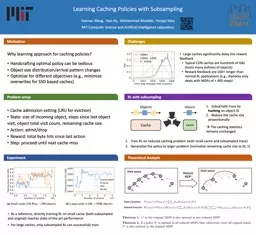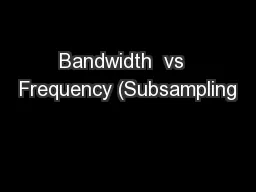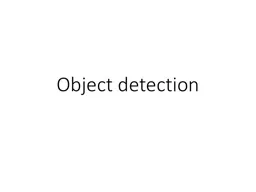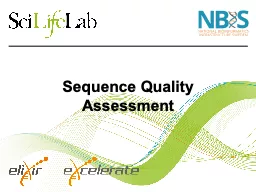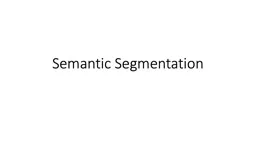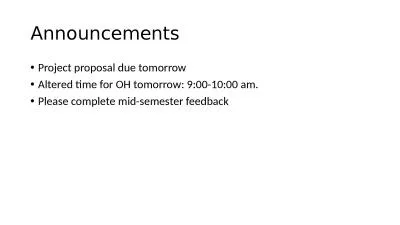PPT-RL with subsampling
Author : alida-meadow | Published Date : 2020-04-06
Theoretical Analysis Motivation Challenges Learning Caching Policies with Subsampling Haonan Wang Hao He Mohammad Alizadeh Hongzi Mao MIT Computer Science and
Presentation Embed Code
Download Presentation
Download Presentation The PPT/PDF document " RL with subsampling " is the property of its rightful owner. Permission is granted to download and print the materials on this website for personal, non-commercial use only, and to display it on your personal computer provided you do not modify the materials and that you retain all copyright notices contained in the materials. By downloading content from our website, you accept the terms of this agreement.
RL with subsampling : Transcript
Download Rules Of Document
" RL with subsampling "The content belongs to its owner. You may download and print it for personal use, without modification, and keep all copyright notices. By downloading, you agree to these terms.
Related Documents

